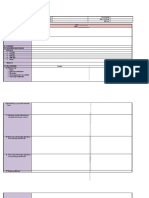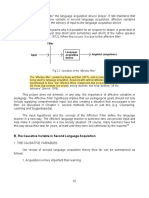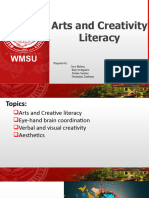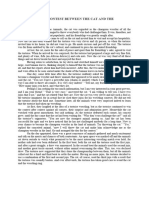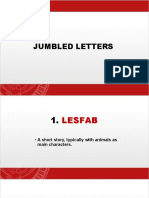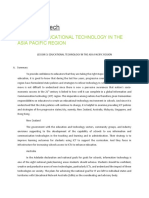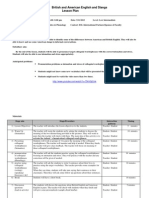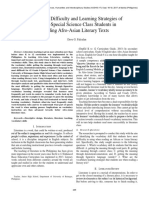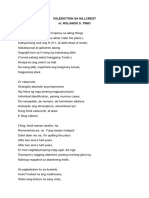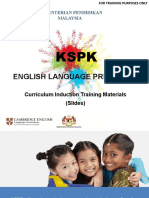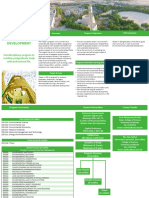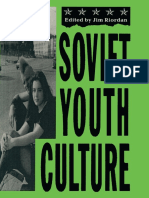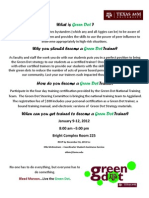0% found this document useful (0 votes)
92 views3 pagesViewing Macro Skill
The document outlines a lesson plan for teaching visual literacy and critical viewing to students, emphasizing the distinction between understanding literal elements of an image and analyzing its deeper meaning. Activities include a visual scavenger hunt, paired visual analysis, and a quiz to assess comprehension. The lesson aims to enhance students' understanding of the world and improve their communication skills through active participation and reflection.
Uploaded by
princessjeanmalabago4Copyright
© © All Rights Reserved
We take content rights seriously. If you suspect this is your content, claim it here.
Available Formats
Download as PDF, TXT or read online on Scribd
0% found this document useful (0 votes)
92 views3 pagesViewing Macro Skill
The document outlines a lesson plan for teaching visual literacy and critical viewing to students, emphasizing the distinction between understanding literal elements of an image and analyzing its deeper meaning. Activities include a visual scavenger hunt, paired visual analysis, and a quiz to assess comprehension. The lesson aims to enhance students' understanding of the world and improve their communication skills through active participation and reflection.
Uploaded by
princessjeanmalabago4Copyright
© © All Rights Reserved
We take content rights seriously. If you suspect this is your content, claim it here.
Available Formats
Download as PDF, TXT or read online on Scribd
/ 3
